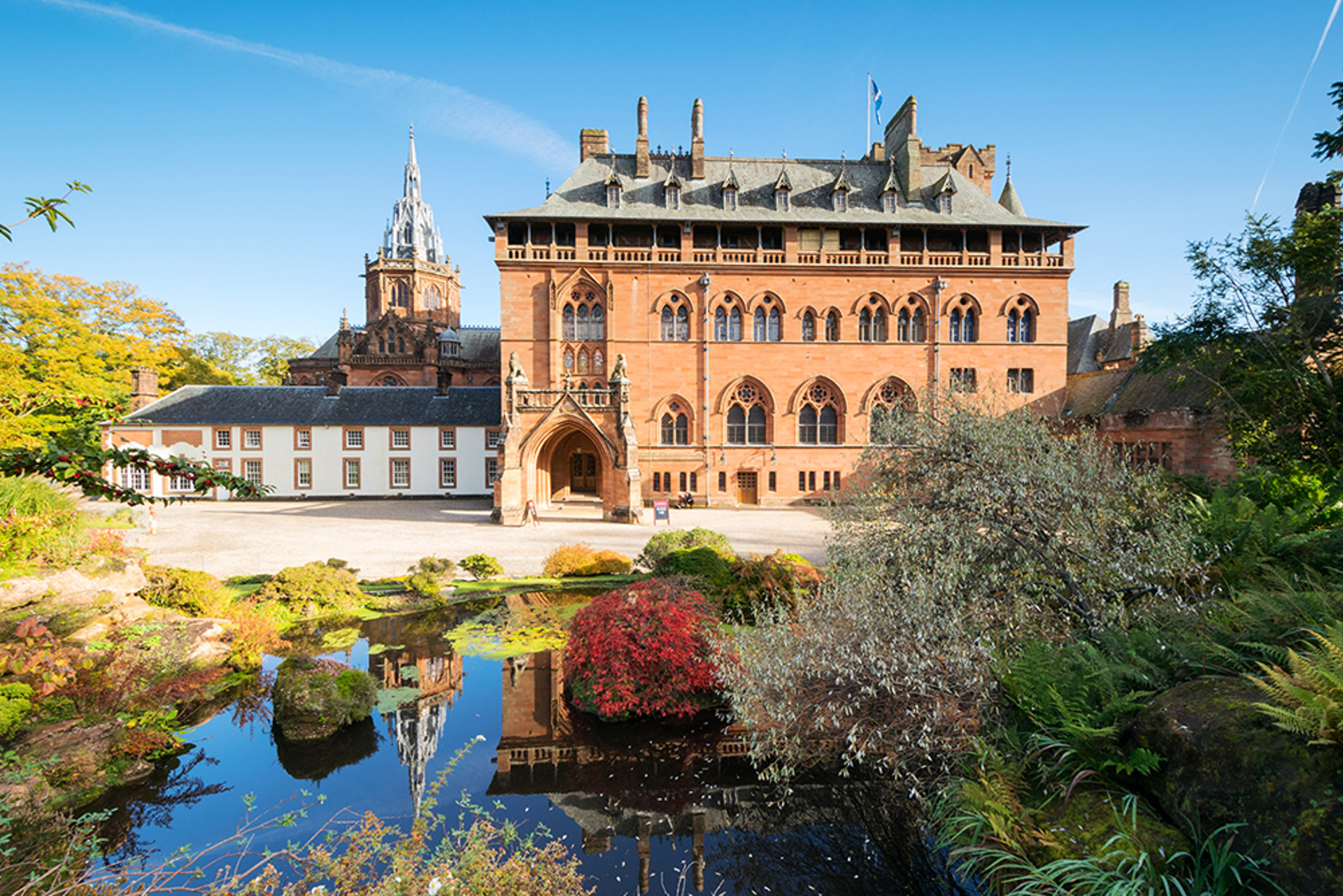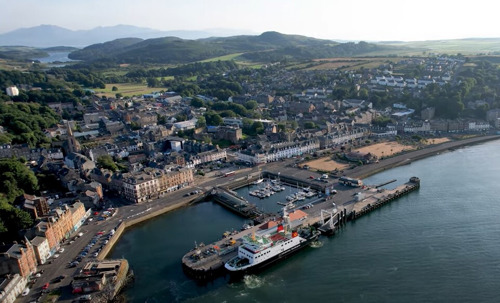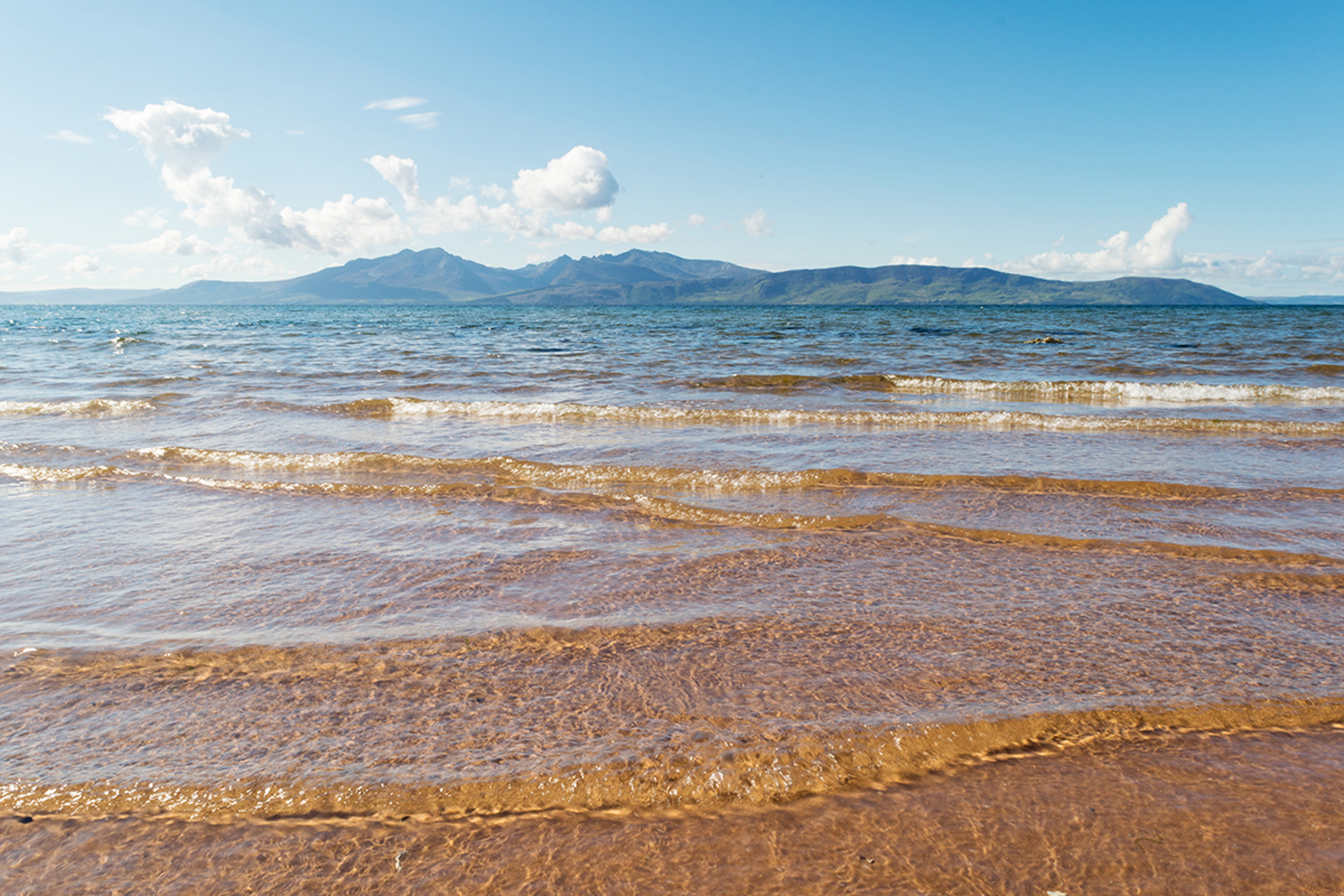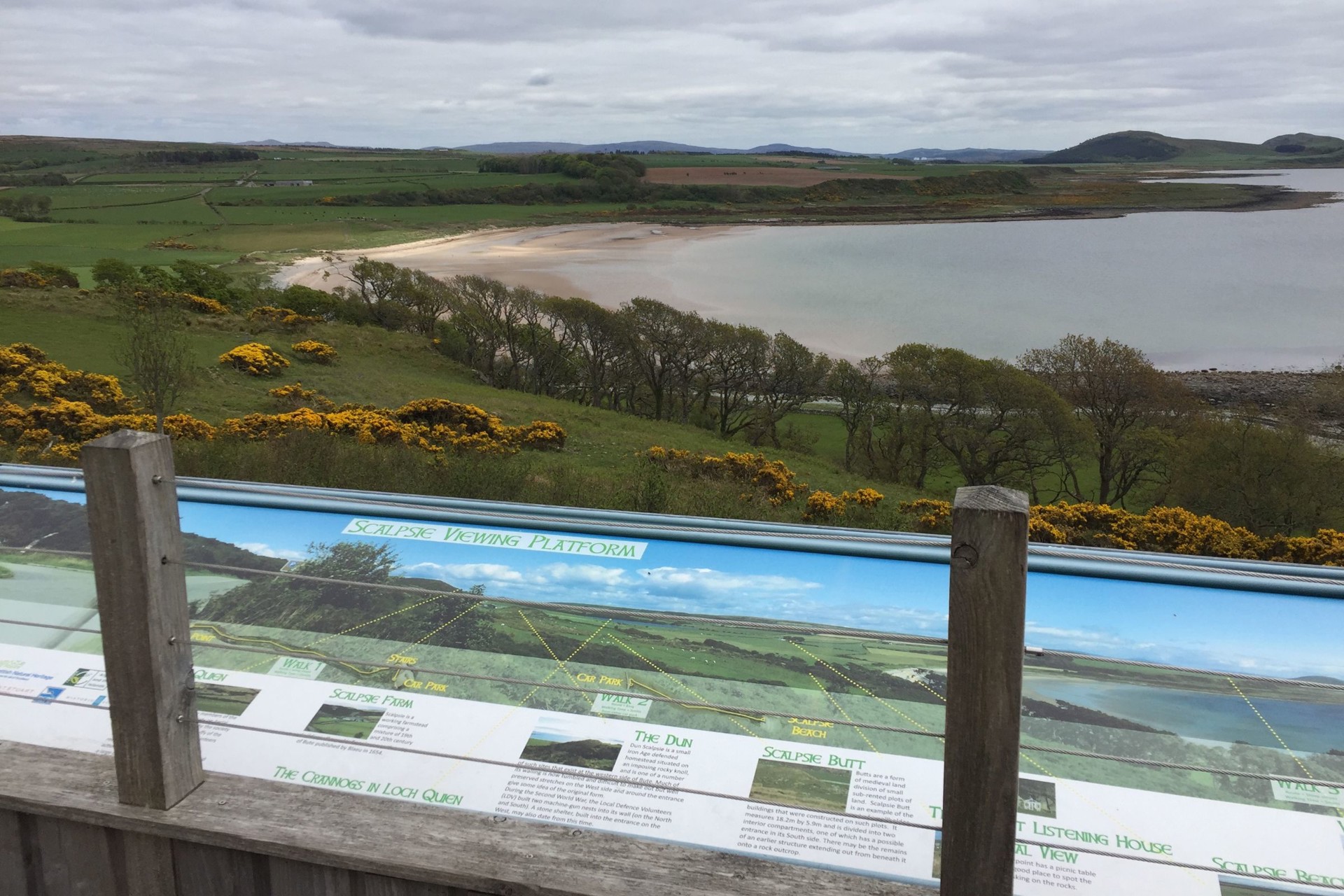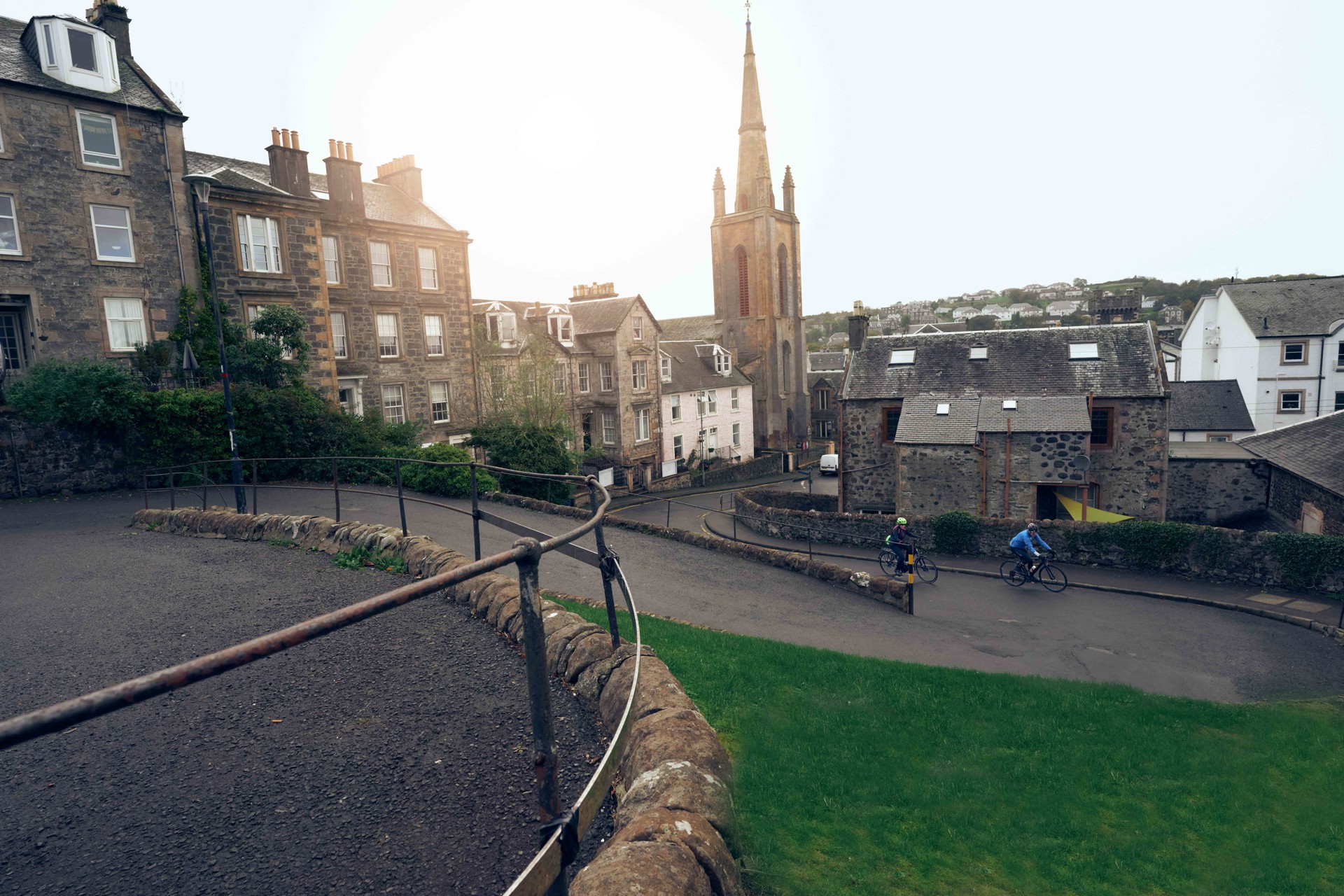6 Historic Places on the Isle of Bute
Bute is packed with history. Fascinating ancient sites dot the island’s landscape, while the Victorians left their mark with splendid architecture and glorious gardens. Rothesay, the island’s chief town, is a seaside resort brimming with character, history and heritage buildings. As you explore Bute and Rothesay you’ll discover everything from castles to standing stones, historic houses to marvelous museums. If you love history, take a trip to Bute and track down these signs of the past.
Rothesay Victorian Toilets and Gardens
The Victorian Toilets in Rothesay are one of Bute’s most surprising historical attractions and a highlight of a visit to the island. Commissioned by Rothesay Harbour Trust in 1899 during Rothesay's hey-day as a holiday resort, the gents’ lavatory is a truly magnificent sight to behold. It’s a masterpiece of marble, ceramics and brass. The interior walls are entirely clad in ornately patterned decorative ceramic tiles and the floors are designed with ceramic mosaic. Apart from the cisterns in the cubicles, all the original fitments remain as supplied in 1899 by Twyfords Ltd of Glasgow for £530. What’s more, they’re fully functioning public lavatories, so you can spend a penny in Victorian style. The ladies’ lavatory is practical, but not quite so impressive. It’s a modern facility with mother and child changing. The Victorian Toilets are open seven days a week.
Rothesay Castle
Rothesay is also home to Rothesay Castle, which dates back to the early 13th century. Built by the Stewart family to defend against invading Vikings, the castle’s immense circular curtain wall makes it unique in Scotland. Take a walk around the moat to view the curtain wall in all its glory – and the resident ducks. Rothesay Castle was occupied by Robert the Bruce during the Wars of Scottish Independence and served as a base for Cromwell’s troops in the late 17th century. The great hall in the gatehouse was restored by a Marquess of Bute in 1900 and now houses an interesting display chronicling the history of the castle and its royal inhabitants.
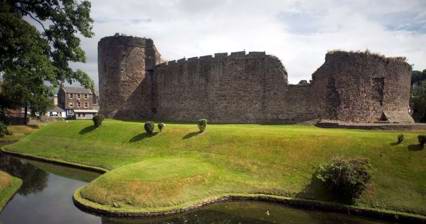
Bute Museum
Just up the road from Rothesay Castle is Bute Museum, where you can explore the natural and historical heritage of Bute. It’s a real treasure trove and full of fascinating objects and information. The History and Archaeology Gallery has displays covering aspects of Bute's history from Mesolithic and Neolithic times through to the closing years of the 20th century. The Natural History Gallery allows visitors to explore the geology, plants, animals and birds of the island. The Doon The Watter exhibition is a cracker, with a wonderful collection of steamer memorabilia on display. Don’t miss the rare examples of Neolithic pottery, excavated locally, and the ‘Queen of the Inch’ lignite necklace found in a burial cist on the island of Inchmarnock.
Mount Stuart
Follow the coastal road south and you’ll find Mount Stuart, a spectacular neo-gothic palace set amid acres of lush woodland. This is one of Argyll’s ‘must see’ visitor attractions. The house, the ancestral home of the Marquess of Bute, features magnificent design and craftsmanship, much if it inspired by astrology, art and mythology. As you explore you’ll discover the majestic marble hall, an awe-inspiring white marble chapel, sumptuous accommodation and utterly opulent reception rooms. Mount Stuart is said to contain more marble than any other building in the British Isles! It's a house of innovations. It was the first home in the world to have a heated indoor swimming pool, and the first in Scotland to be purpose built with electric light, central heating, a telephone system and a Victorian passenger lift.
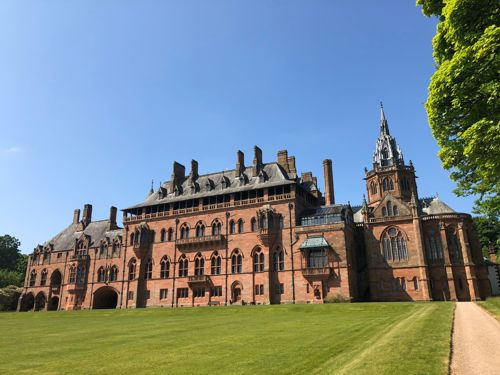
St Blane's Church
Further south still is the ruined 12th-century St Blane’s Church. It’s remarkably well preserved, and the remains include the nave and part of the chancel. The churchyards contain a number of fascinating weathered grave slabs, including a distinctive hogsback gravestone from the time when Bute was part of the Norse Empire. Look out for the enclosure wall. It's over 1,400 years old and marks the boundary between the secular and the spiritual world. The location is stunning with wonderful views to Arran and the Holy Isle. To reach the church, follow a signposted track that leads from a parking area at the end of a public road two miles south of Kingarth.
Archaeological sites
Bute has many well preserved archaeological sites too, and you can find out more about these in the Bute Museum. Standing stones are located in beautiful locations across the island. Ettrick Bay Stone Circle in the north west of Bute comprises eight stones with an internal diameter of about 13 metres. It’s just south east of St Colmac Cottages. Kingarth Stone Circle is another site worth visiting. There are just three stones standing now, but it’s a tranquil and atmospheric spot. More standing stones can be found next to Largizean Farm near Stravanan Bay.
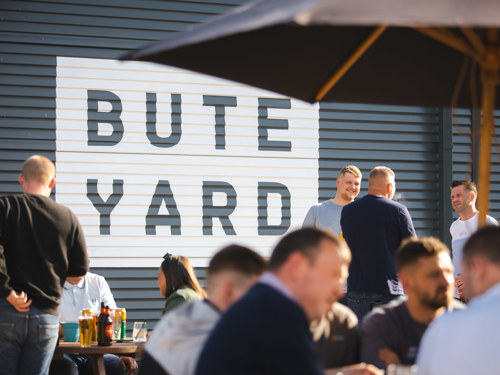
Looking for something to do in the evening? Check out what's on at Bute Yard.
Getting to Bute
Bute is considered the most accessible island off the west coast of Scotland. It’s just 50 minutes away from Glasgow by road or rail, followed by a 35-minute CalMac ferry crossing from Wemyss Bay to Rothesay. Another CalMac ferry runs from Colintraive to Rhubodach, taking less than five minutes.
Staying on Bute
There is a variety of accommodation available on Bute. Wether you'd like to enjoy the coastal views from Seaview Cottage or enjoy the luxurious space of the Coach House at Steward Hall - You'll find your perfect accommodation on Bute!
